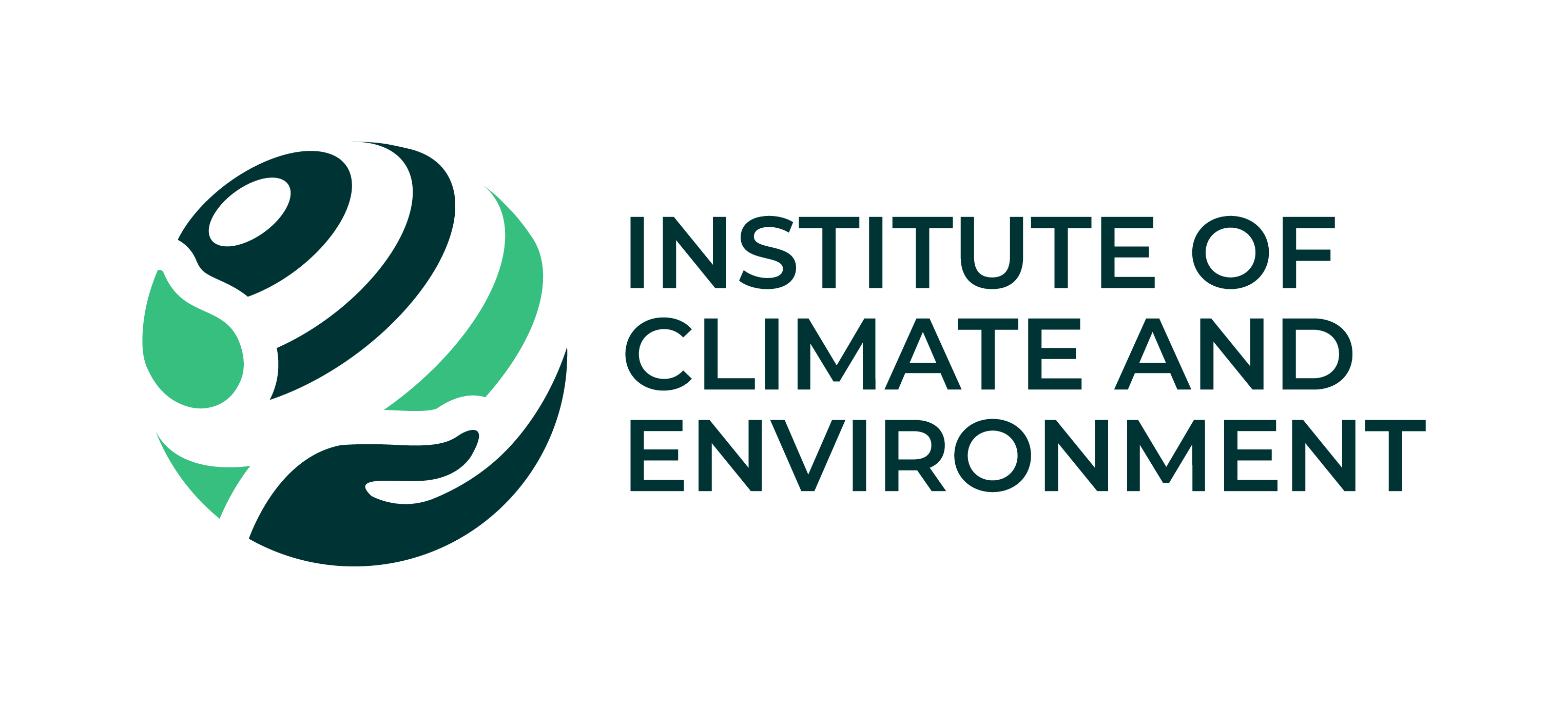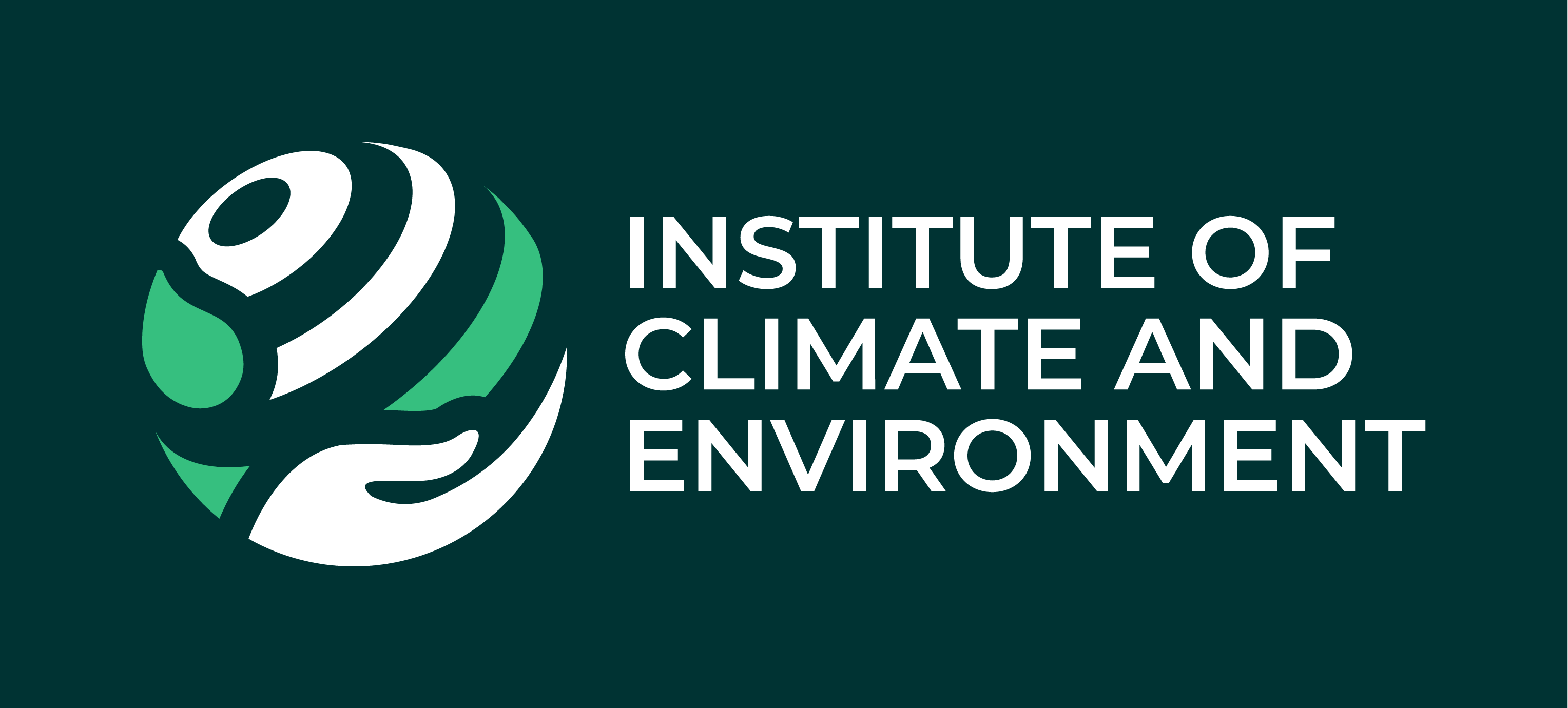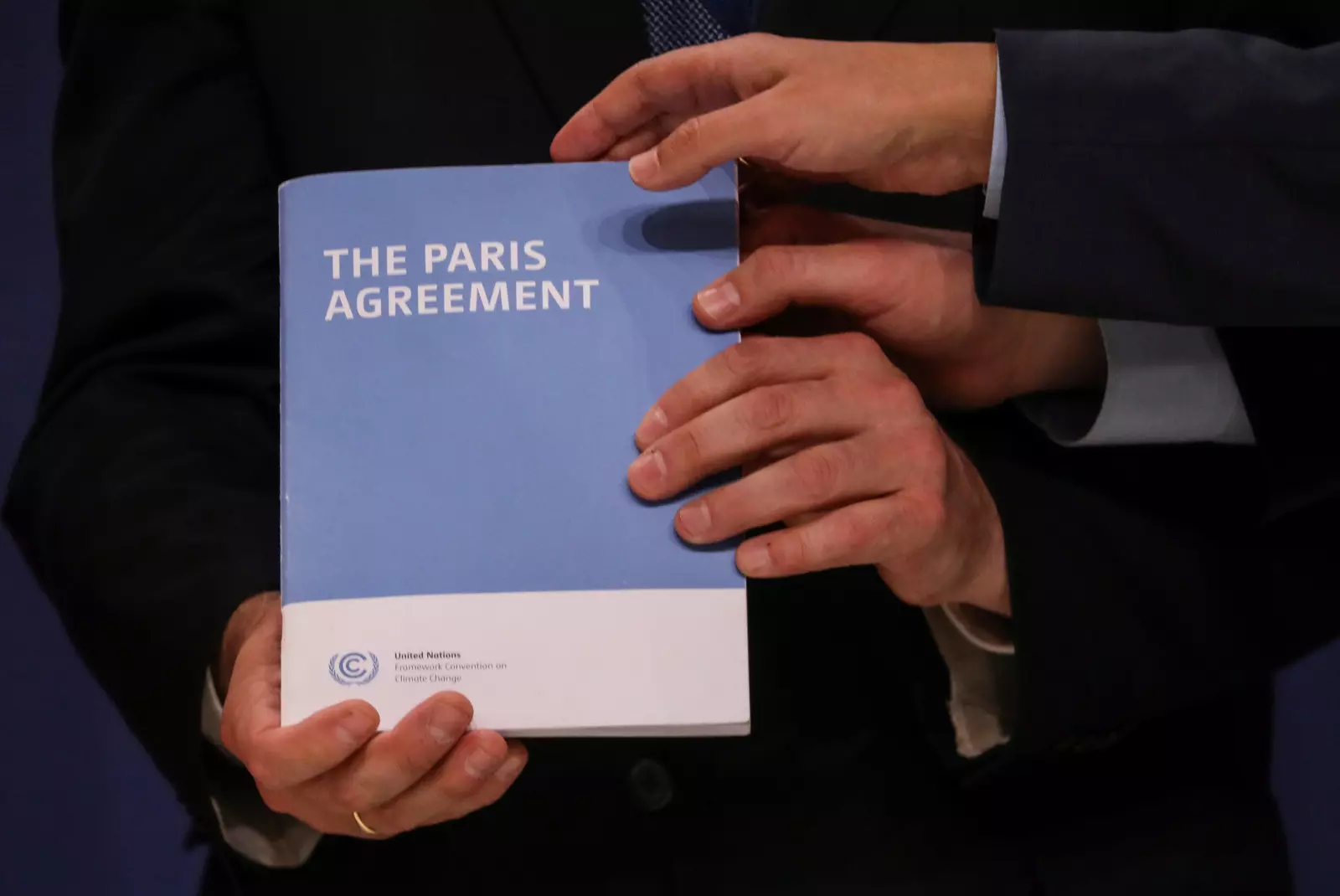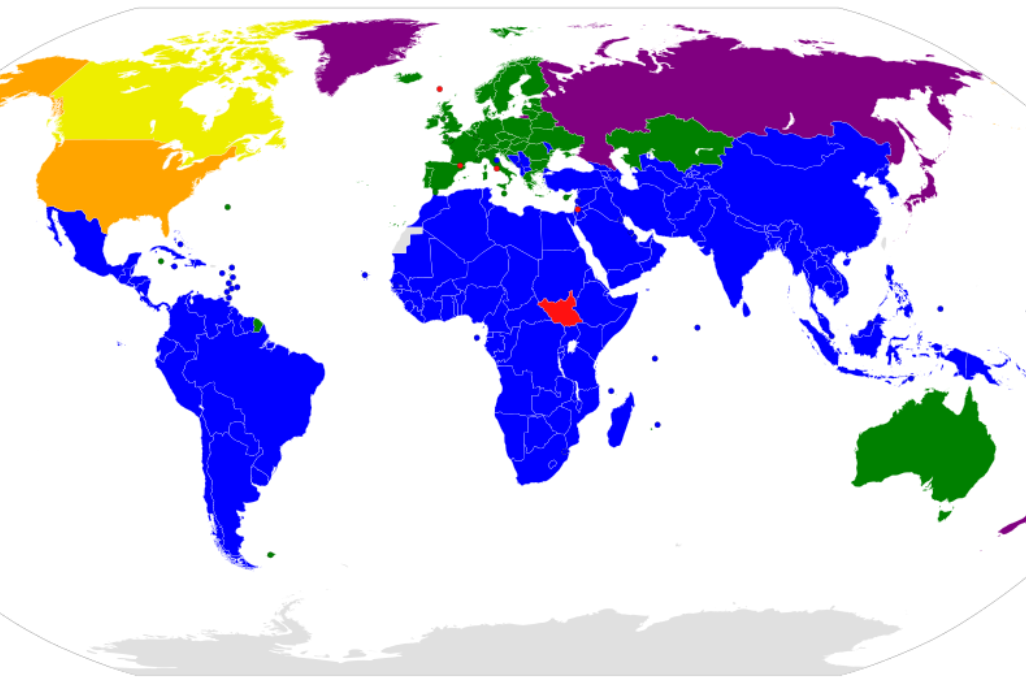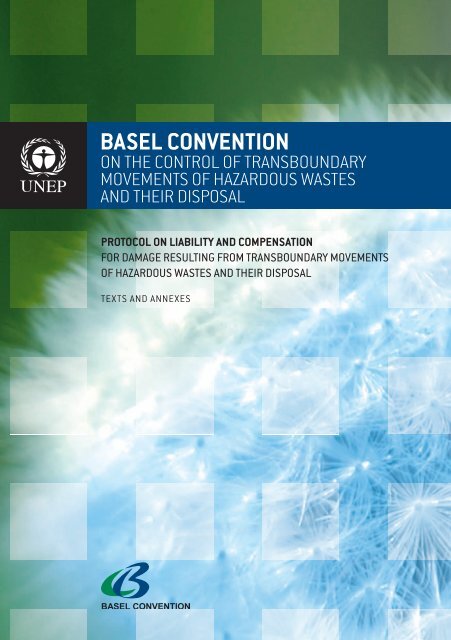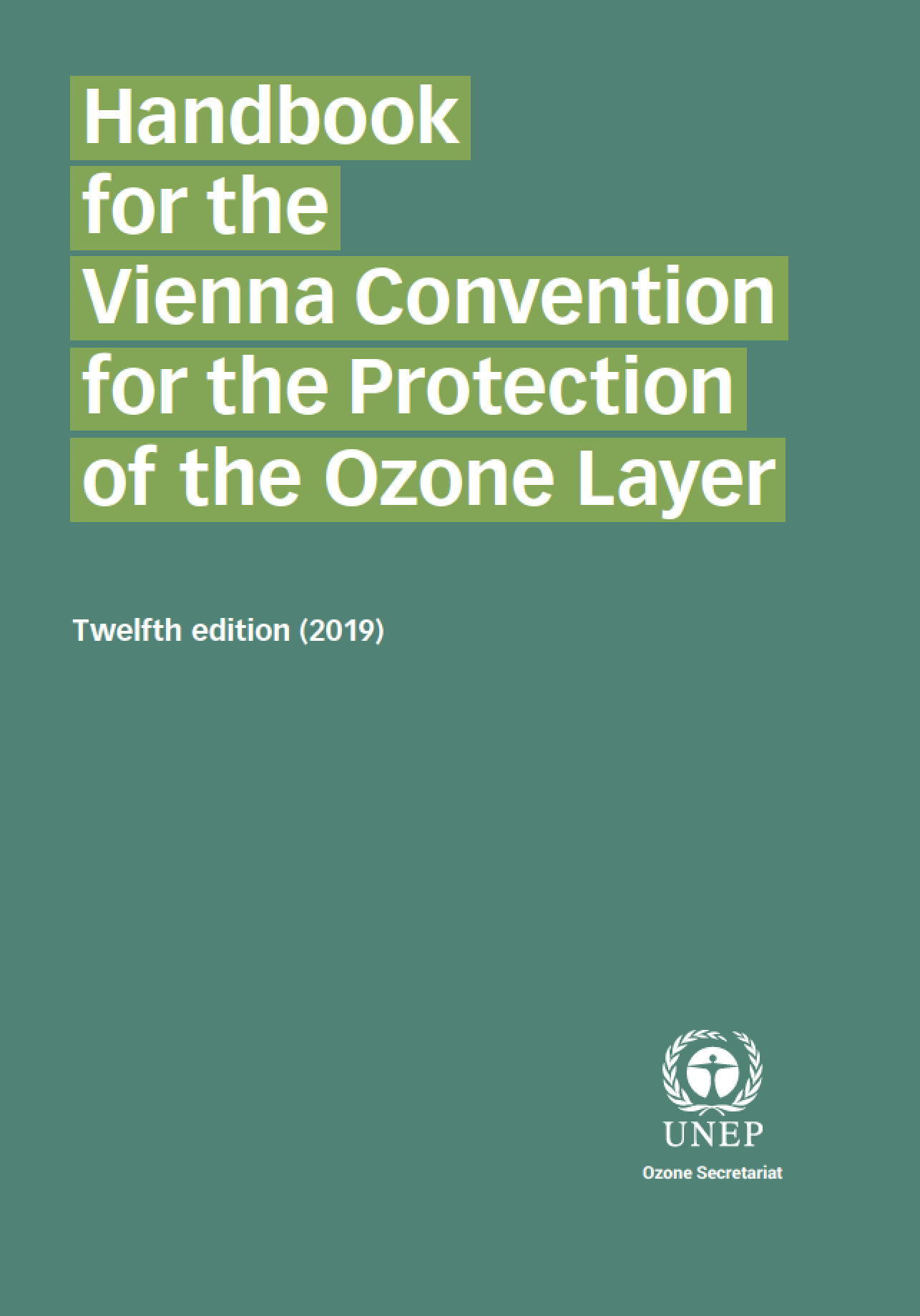
Vienna Convention for the Protection of the Ozone Layer
The Vienna Convention for the Protection of the Ozone Layer adopted in 1985 aimed to
protect human health and the environment against the adverse effects resulting from
modifications of the ozone layer. It was followed shortly afterwards by the adoption of its
Montreal Protocol on Substances that Deplete the Ozone Layer in 1987.
The ozone layer serves as a critical shield, protecting life on Earth from the negative effects of harmful ultraviolet radiation. Widespread use of chemicals for refrigeration and air conditioning, hair spray propellants, metered dose inhalers, insulation foams for buildings and equipment, and pesticides, to name a few, has eroded the ozone layer and has created a severe thinning or ‘hole’ above the Antarctic.
The Vienna Convention focuses on the ongoing scientific monitoring and observation of
the ozone layer, building on the legacy of the scientists who helped define the problem. The findings of this monitoring and observation are used by the parties to the ozone treaties to inform their decision-making on measures to deal with the problem. Monitoring and observation can also assist the parties in measuring performance, accounting for actions taken and adhering to their mandate.
The Handbook sets out the text of the Convention and all decisions of the parties to date. It is intended as a resource for the parties and stakeholders of the ozone treaties, to facilitate discussions on the vitally important issues that the ozone treaties deal with

